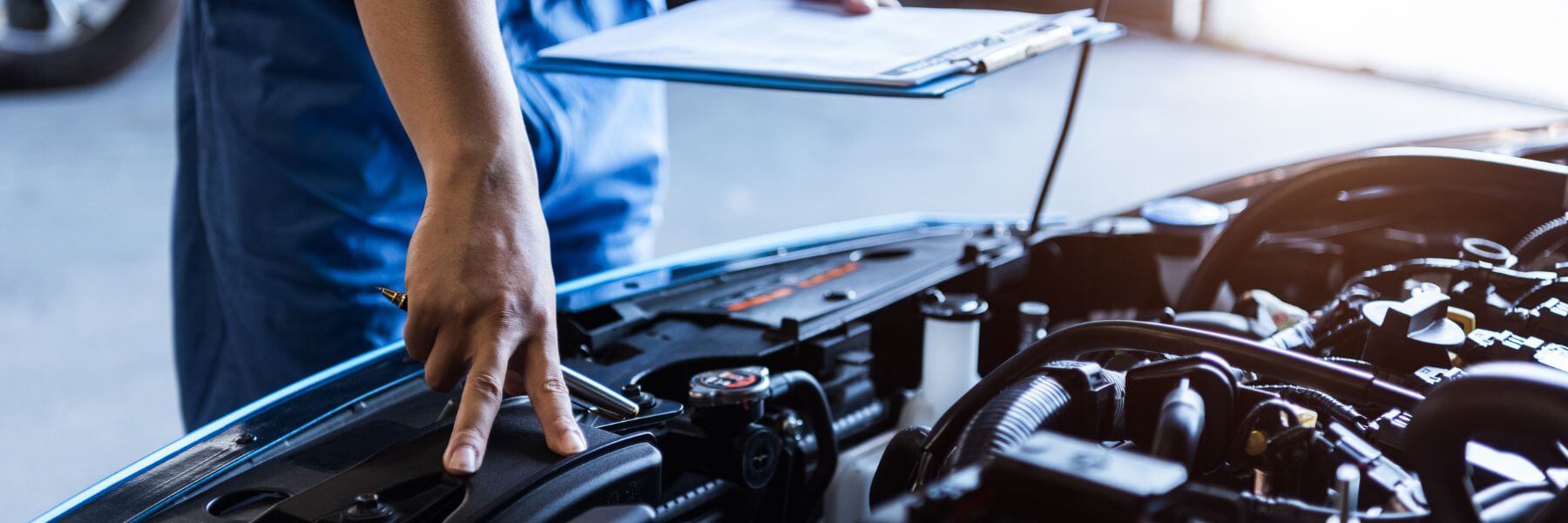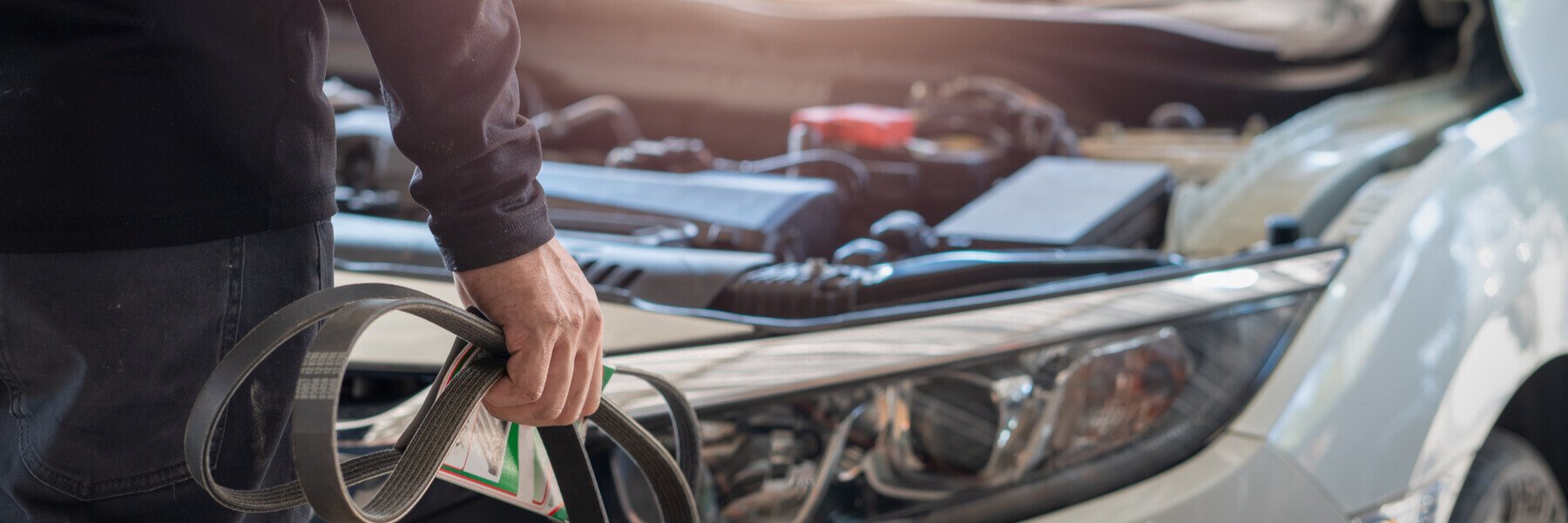If you’re feeling hot outside, there’s a good chance your car is feeling hot too! And while some car problems are hard to notice, an overheating engine definitely isn’t one of them. Smoke billowing out from under your car hood is one of the most visible signs that something is seriously wrong with your vehicle.
Here’s what you should do if disaster strikes (and how to prevent it from happening again)!
Why Do Engines Overheat?
Typically a car engine will overheat when hot air isn’t able to escape the engine compartment. This means something is wrong with the cooling system, which can signal a few different problems. Here are some reasons why an engine can overheat:
- Cooling system leak
- Broken water pump
- Faulty radiator fan
- Clogged coolant hose
So what signs should you look for if you think your engine might be overheating?
Signs That Your Engine is Overheating
Here are a few sure signs that your car is overheating:
- Steam (or smoke) rising out of your car hood
- Needle pointing to “H” on your engine temperature gauge
- A strange smell (a sweeter smell points to a coolant leak while a burnt smell means your leaking oil)
Each of these signs can be a cause for alarm. If you begin to experience any of these signs, it’s best to stop by an auto repair shop. When you catch these signs early, the repair cost can be far less than if you were to damage your engine.
What Happens if You Ignore the Signs?
If you keep driving after your car engine begins overheating, the engine could get hot enough to warp the cylinder heads. Your piston can weld itself into the cylinder and destroy the engine. Replacing an engine is a much more expensive repair than if you were to fix a coolant leak. That’s why it’s best to get the auto repair you need quickly rather than to let the car further break down.
Here’s What You Should Do When Your Engine Overheats
Instead of ignoring the issue, here are the steps you should take immediately to prevent further damage to your vehicle.
- You need to cool down your vehicle quickly. In order to do this, turn up the heat in your car and roll down the windows. It may sound strange, but turning up the heat will take the load off your cooling system by blowing the hot air into your vehicle. This will transfer the heat away from your engine, while rolling down the windows will get rid of the heat in your car.
- Pull over as soon as possible. Getting your car off the road and to a safe area will allow you to turn the vehicle off. You need to take the stress off your engine as soon as possible to prevent the engine from further overheating. After you’re safely pulled over, wait for your engine to cool off.
- After about 15 minutes, your engine should be cooled down enough. Then, if you can, prop open the hood and check your coolant levels. You might be happy to find that you just have a low coolant level. If that’s the case, you can call a friend to bring you some coolant to top the tank off. However, if there’s a leak or a damaged part, you’ll need to call a tow truck.
How to Prevent Overheating
What’s better than pulling over after your vehicle overheats? Preventing it from happening in the first place! There are a few ways that you can keep your car from overheating during scorching summer heatwaves. For one, try to park your car wherever there is shade, especially if your car will be sitting for long hours outdoors.
You can also crack your windows slightly. Just enough to keep heat from building up. Also, keep an eye on the coolant levels throughout the summer to stay proactive.
But the best way to know that your engine won’t overheat is to take your car in for routine maintenance. By keeping up with your regular maintenance schedule, an expert mechanic will be able to look your vehicle over and flag any problems that need to be taken care of.
As for specific services, remember that regular oil changes keep your car running at peak performance. Plus, your local independent shop will likely perform checks on your car to let you know if anything needs attention. Another important proactive maintenance service is a coolant flush. Depending on your vehicle, coolant flushes need to be performed between 30,000-100,000 miles.
Conclusion
An overheating engine is an alarming sight, but if you follow these steps to pull over to a safe place, you can get on top of the problem before it gets worse. And if you take the preventative measures by getting the auto repair your car routinely needs, you can prevent the problem before it even happens!
If you haven’t had your car looked at in a while, contact us to have our expert mechanics keep your vehicle running at peak performance.



